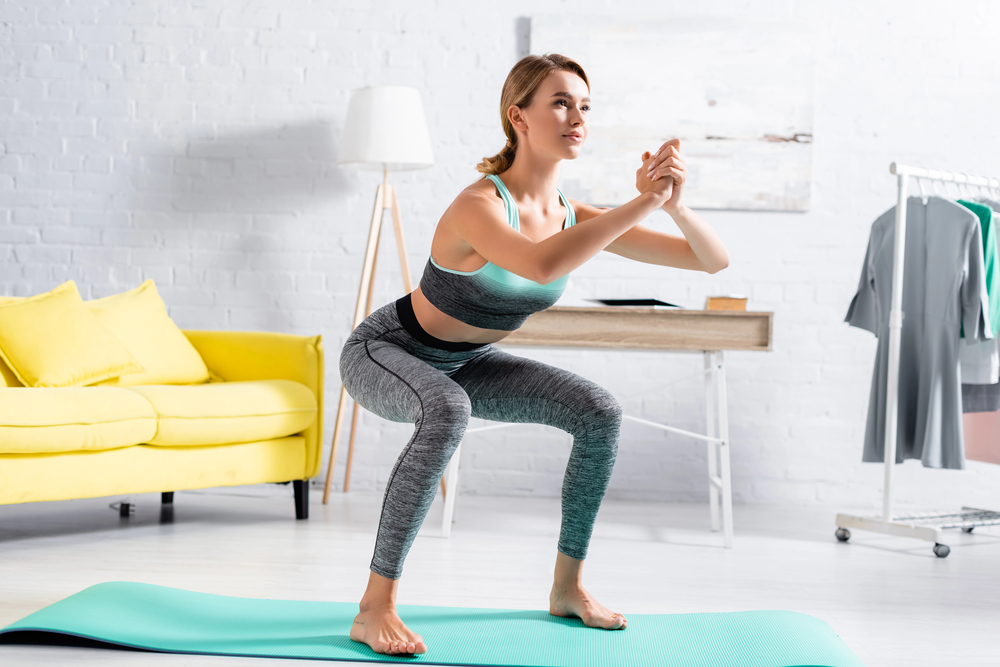
Did you know that as basic an action as squatting, yes, the one you did when you were a toddler, might be the key to skipping in your morning routine? To the rest of the world, the squat is simply another exercise done at the gym, but to celebrity trainer Vanja Moves and her cult of followers, it’s a game-changing daily habit. Having squatted daily for 100 days, Vanja says both her body and mind are altered in ways she could never have conceived, unlocking mobility, strength, and even mental sharpness.

So what really occurs if you take this primal movement and make it part of your daily routine? From the first pain to the ultimate feeling of liberation, here’s how a quick squat habit can transform your health, posture, and mind, and science-informed tips on how to sustain it.
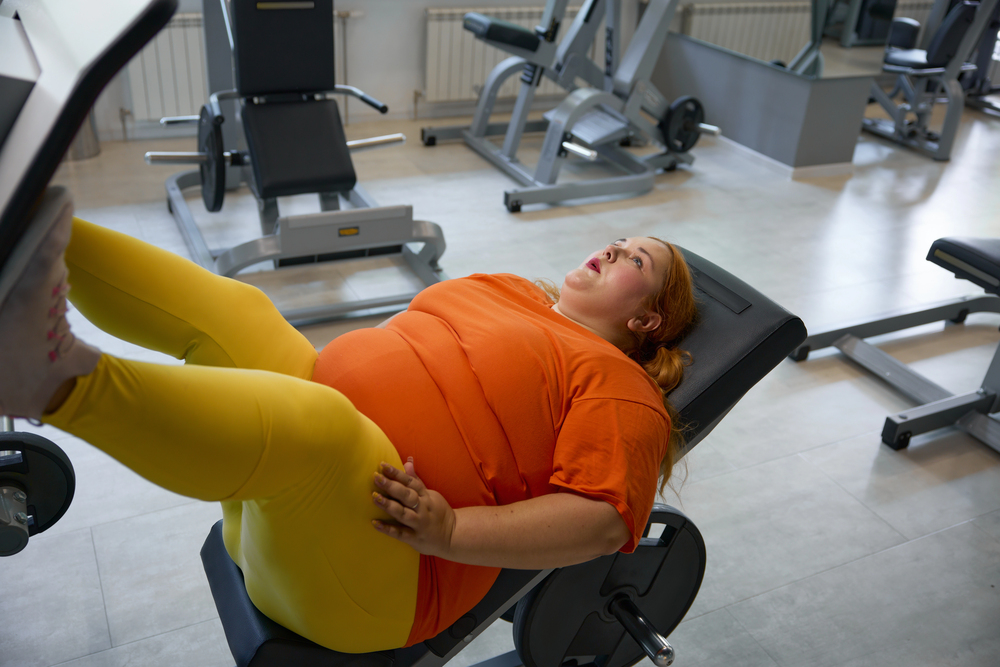
1. Week One: Overcoming Discomfort and Building Habits
The beginning of a daily squat challenge is not exactly a breeze. As Vanja Moves indicates, “Everything will hurt. Your ankles are gonna scream, your knees are gonna ache, your back will be fried, but this is all normal.” The body’s resistance is a wake-up call; most of us have forgotten this natural position after years of sitting. But the secret is not perfection; it’s just doing the squat for a longer period of time, even if this means holding onto a chair or raising your heels.
Behavioral science backs it up: creating habits is less about willpower and context and more about consistency. As one 2025 study of habit loops discovered, linking a new habit to regular cues like squatting while brushing your teeth helps to get the activity into your day. The first week is about being present, not perfect.
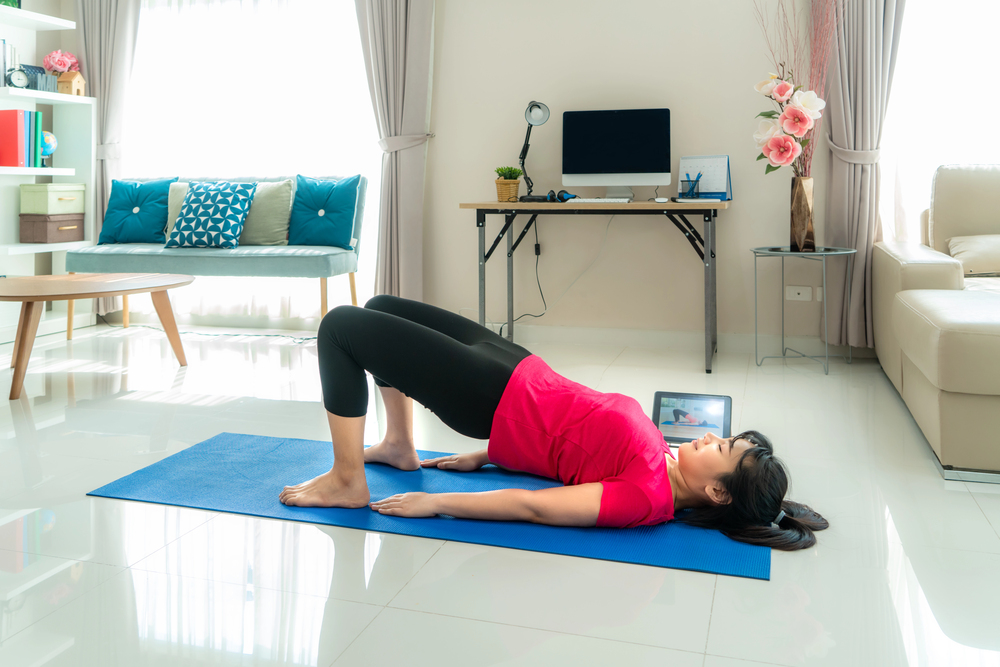
2. The Magic of Micro-Moments: Stacking Squats Into Your Day
You don’t have to schedule an independent workout time interval to benefit from it. Vanja suggests incorporating squats into everyday activities: “Do this when you’re resting, watching TV, brushing your teeth, or scrolling your phone.” It’s stacking habits, and it makes the exercise convenient and less daunting.
Studies indicate that small, frequent doses of exercise are better than infrequent, hard-core sessions for developing habits. As one author puts it, “Doing 15 minutes of light exercise every day will be more effective in forming a habit than doing an hour of intense and strenuous exercise once every 2 weeks.” The outcome? Squatting is as much a habit as drinking your daily coffee.

3. From Struggle to Desire: The 7-Day Turning Point
Week one closes with something truly miraculous: the discomfort gives way to improvement. Vanja tells us, “You are gonna notice yourself improving in your ankles, in your knees, in your hips, your position will be lower.” By this point, the squat is no longer a torture machine and begins to feel like a natural resting position.
Most report that they will catch themselves craving the squat, even more than sitting. That is an indication that your body is taking back a movement pattern it was made to do. Habit science states that it will take around 66 days to establish a new habit to the point of autopilot, but the signs of ease and enjoyment will be visible much earlier.
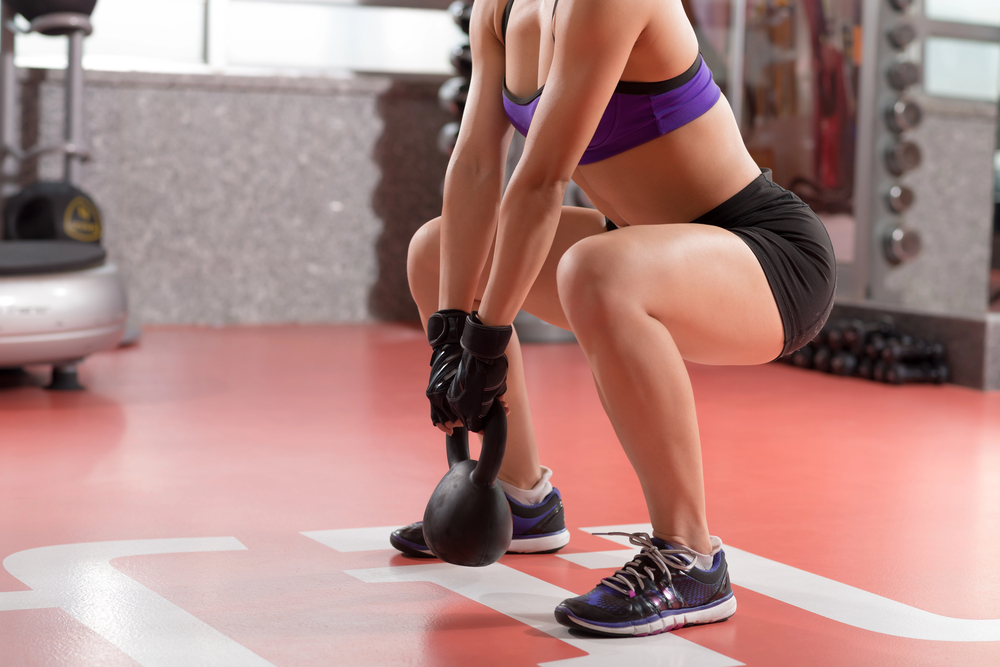
4. The Science-Backed Gains: Strength, Mobility, and More
Squats are not just powerful legs; squatting is a body tune-up. Scientifically, frequent squatting develops lower body strength, stability in the core, flexibility, and enhances metabolic function. According to a fitness writer in 2025, squats activate the quads, glutes, hamstrings, calves, and core, some of the most functional exercises in fitness.
One study found that performing 100 bodyweight squats a day reduced body fat by 4.2% and increased quad strength by 16% after just eight weeks. And, as a bonus, with better joint mobility comes better posture, more efficient movement, and reduced risk of injury, welcome news for anyone who spends all day in a chair.

5. Movement Freedom: Unlocking Your Body’s Potential
As your squat routine becomes a habit, you’ll experience a feeling of new freedom in motion. Vanja refers to this step as the stage at which “you’ll be able to do things like moving through that squat with complete freedom.” It’s not merely about working out; it’s about taking back your body’s full range of motion.
Biomechanical research verifies that the squat is a bilateral, full-body movement that enhances ankle, knee, and hip range of motion. As one abstract explains, “Squats involve controlled loading of the lower body joints, particularly the hips, knees, and ankles, and this serves to keep them healthy by inducing the production of synovial fluid, which lubricates the joints and conditions the cartilage.”
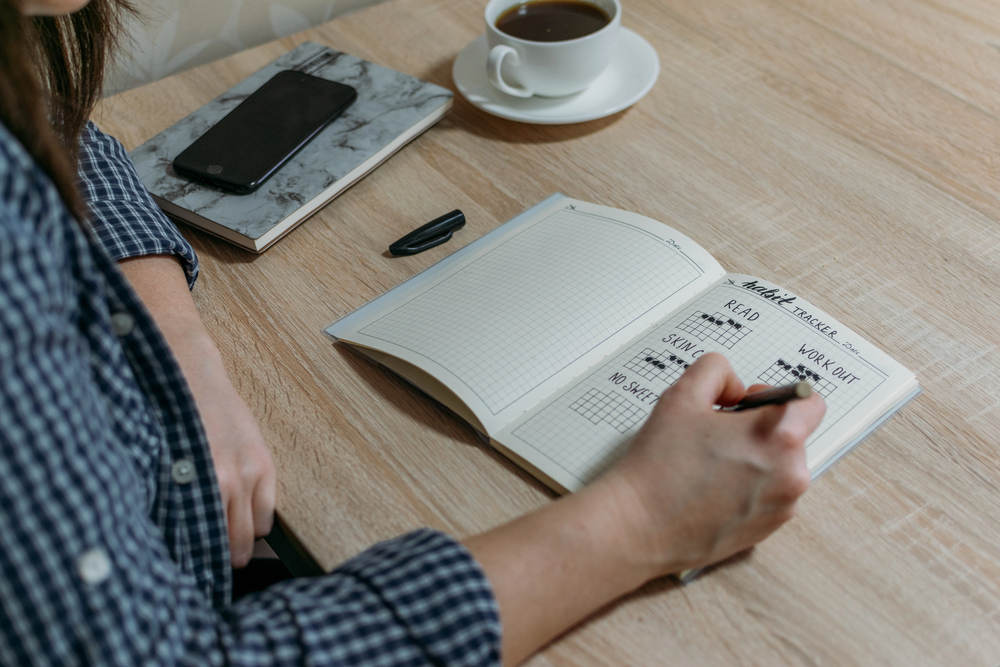
6. Making It Stick: The Psychology of Lasting Habits
Squaring a squat into the life habit loop isn’t about having hero-level willpower; it’s about reasonable habit design. It is suggested that cues (e.g., time of day, scheduling with another habit) should be used, progress should be tracked, and intrinsic rewards such as enhanced mood and energy should be highlighted.
“Habits are automatic actions stimulated by cues and maintained by rewards,” a 2025 primer on psychology explains. The more you do the behavior in the same setting, the less effort is required. And, one day off? Don’t worry, research confirms that skipping one or two sessions won’t undermine long-term progress.
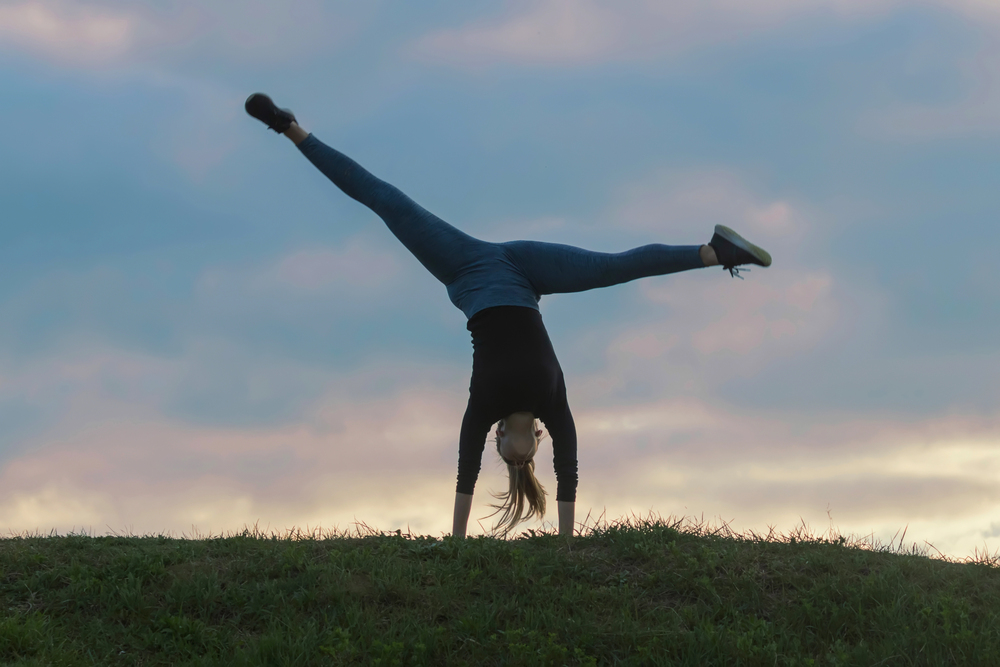
7. Beyond the Squat: A Gateway to Greater Movement
And perhaps the most thrilling benefit? Squatting every day has the potential to create an opening for more advanced movement patterns and a child-like mindset towards fitness. Vanja explains, “That’s when you’ll be able to do things that you did when you were a child, like cartwheels, like going through low-gait positions.” Squatting becomes a stepping stone to learning your body’s full capability.
And to those who fear they’re “too old” or “too stiff,” Vanja’s message is one of clarity: “Your body is not broken. You are not too old, you are not too injured. You have just forgotten to do the fundamental movements that your body craves.”

In an age where sitting is the default and movement an afterthought, learning the squat can be a lifesaver. The path from initial stiffness to fluid motion is testament to the power of small, repeated practices to alter not just your body, but the very way you live. You might be a cubicle warrior trying to get loose or a gym enthusiast trying to push the envelope, but a squat-a-day routine could be the easiest, most fundamental enhancement you can make one repetition at a time.


